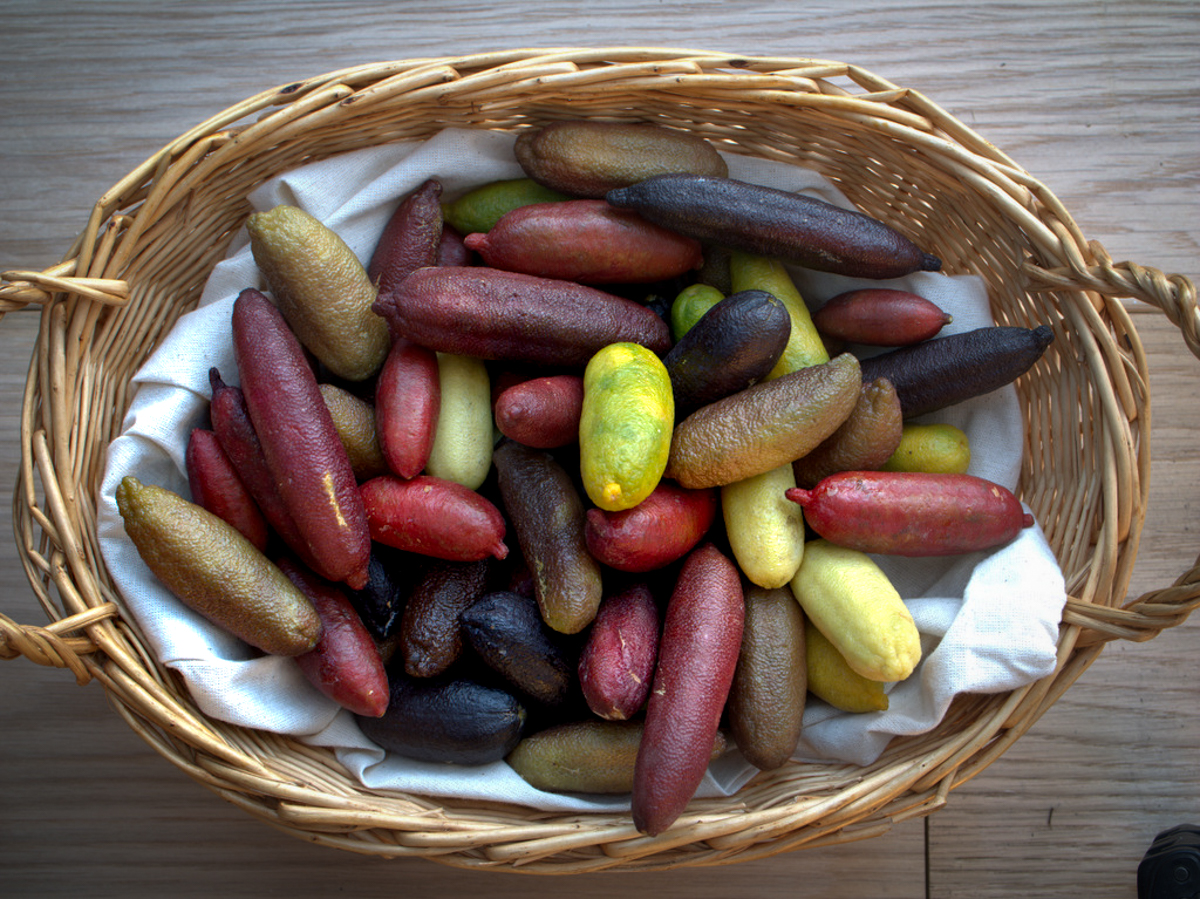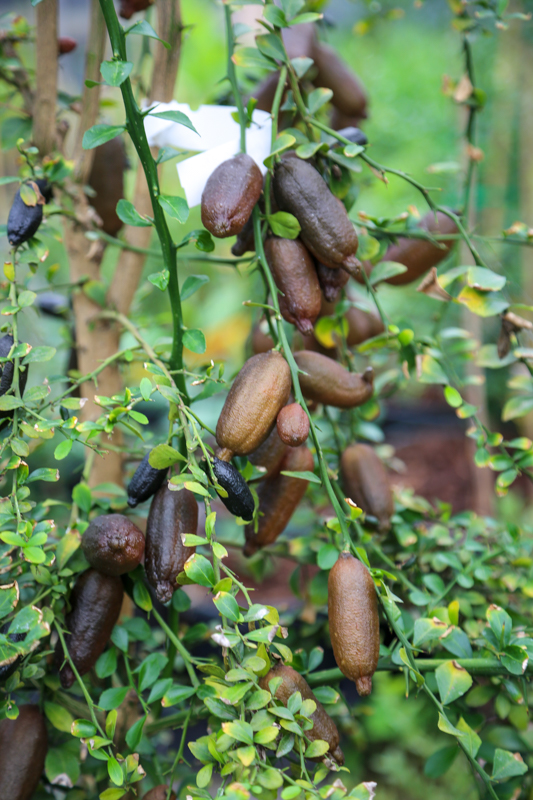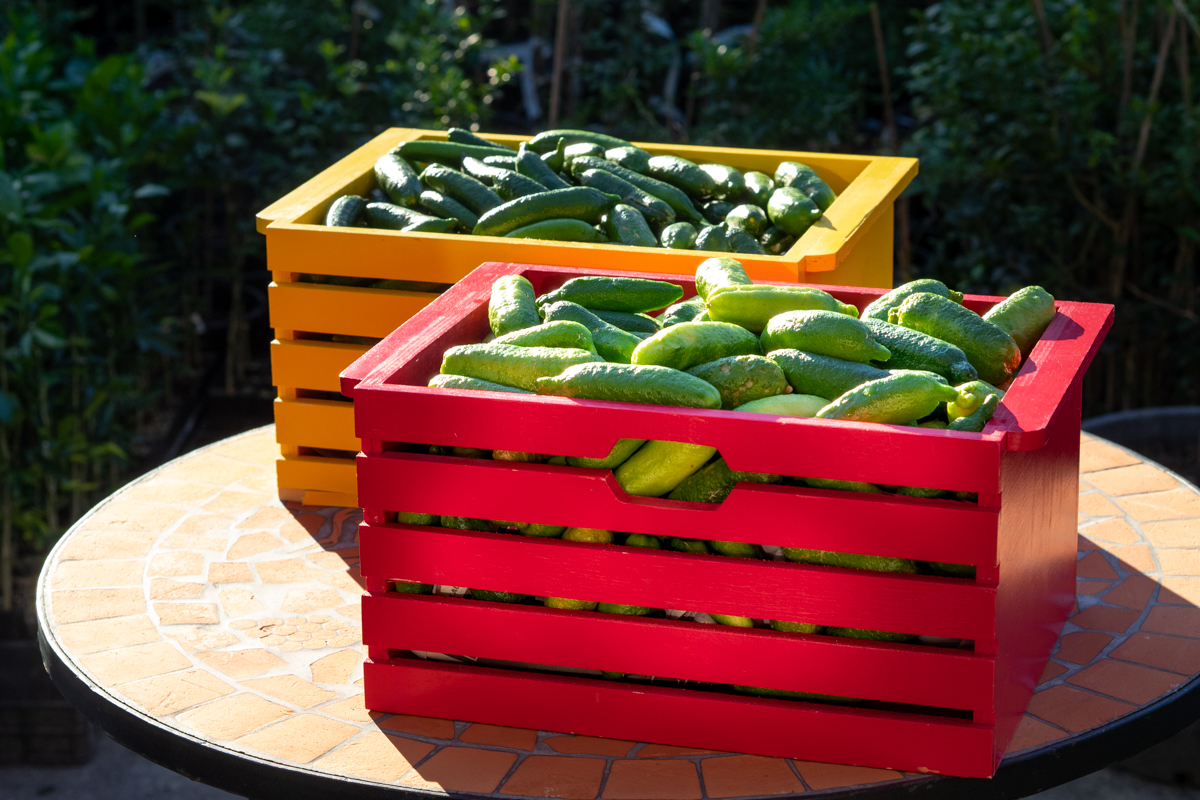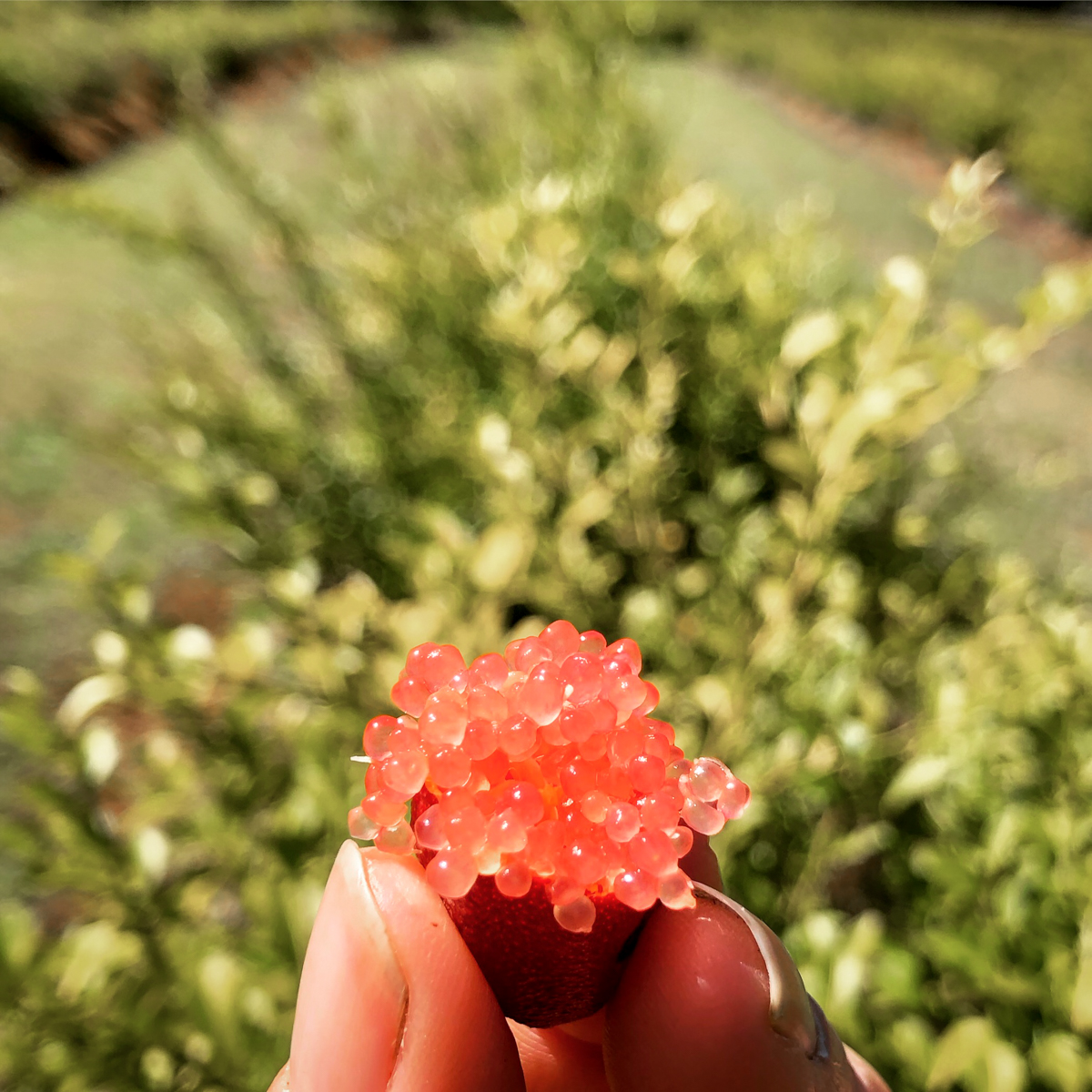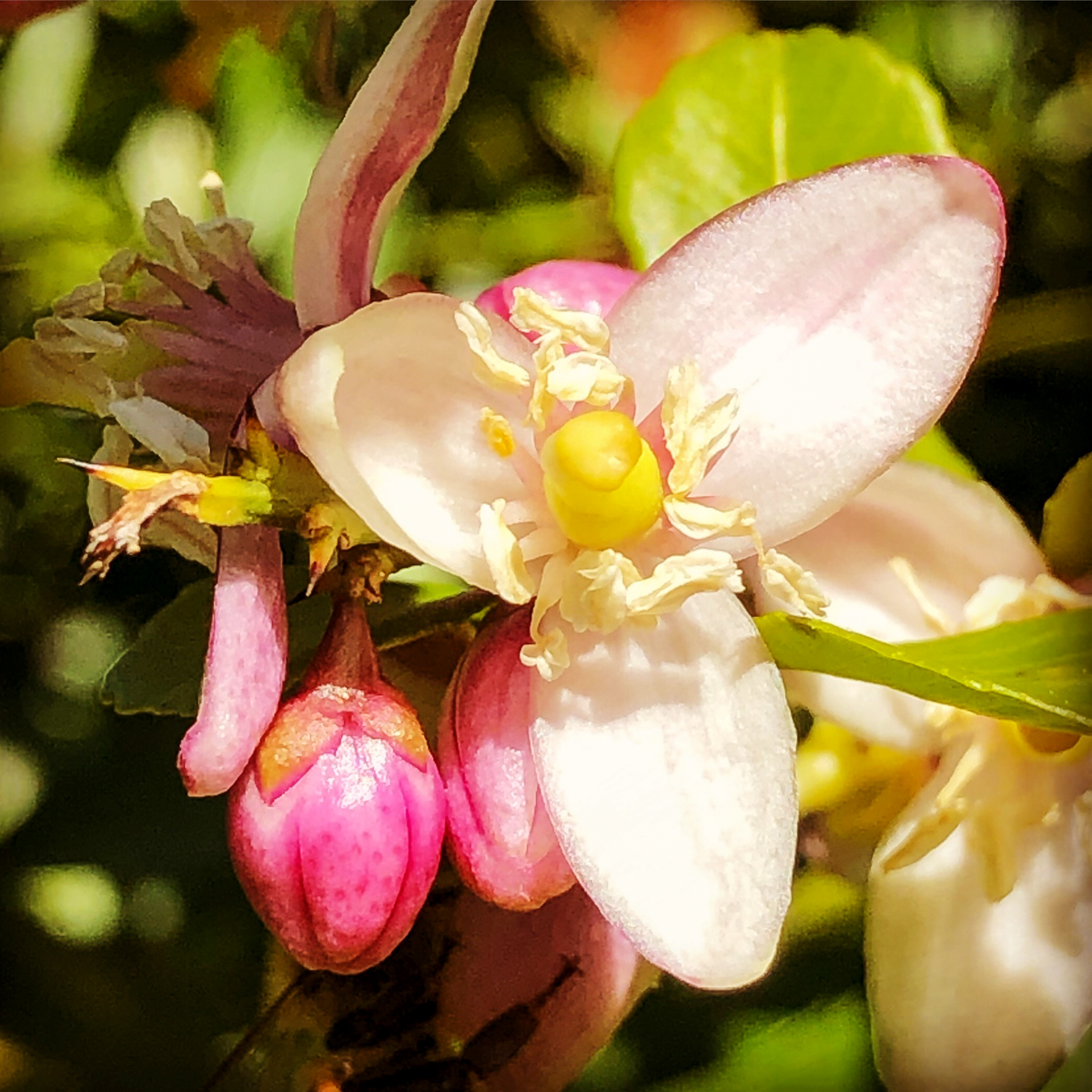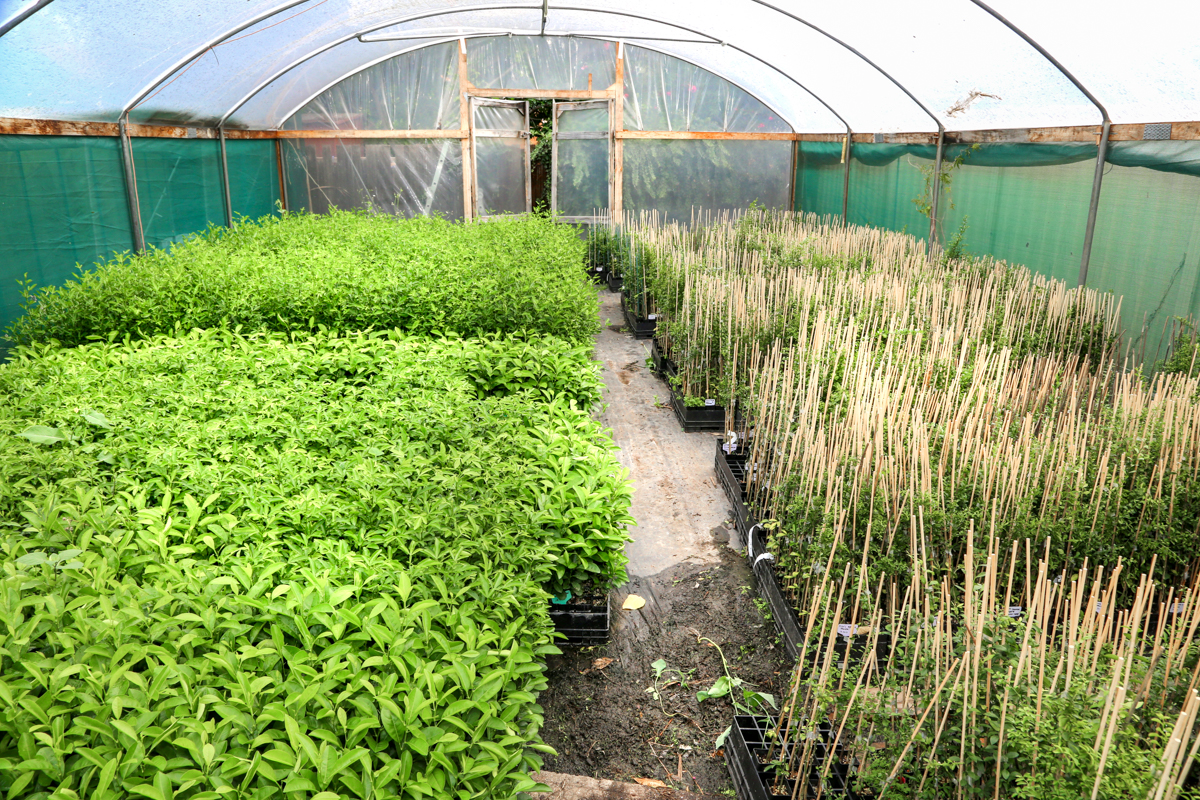Tree crop irrigation – Dripline vs sprinkler
Tree crop irrigation – Dripline vs sprinkler
Share
Share

Author: Jamie Zapp
Position: Netafim ANZ national agronomist
Location: Bundaberg, Queensland
Email: Jamie.zapp@netafim.com
As a Netafim agronomist, I am often asked if I would recommend dripline or sprinklers for tree crop irrigation. As Netafim make and sell both I feel I can comment in an unbiased way.
All tree crops can be irrigated by either driplines or under tree sprinklers. Each system type has it’s own pros and cons that should be considered for each project. Considerations include: water availability, soil type, crop rooting depth, any existing irrigation infrastructure and the grower’s experience and farming practices. There is no universal answer, however I can help guide you through the complex decision making process.
DRIP LINE
PROS
SPRINKLERS
PROS

